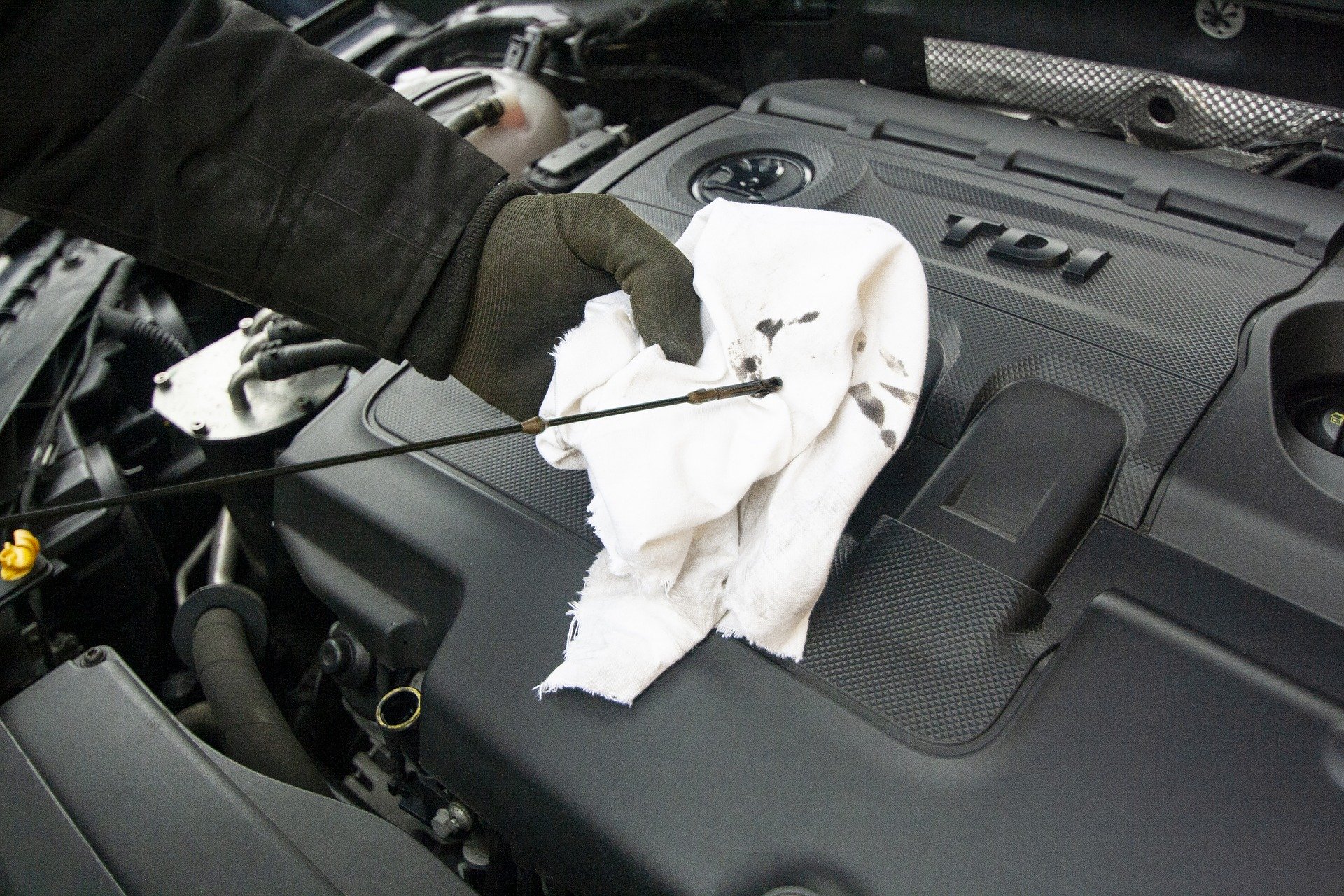The True Cost Of How Your Fixed Operations Phones Are Being Handled – And How To Fix It Now

Brian Kidder, Marketing Director
4 March 2020
Nearly 3 out of 4 calls to dealerships route to fixed ops, and in 2018 only about half of bookable appointments were actually set by service departments. In parts departments, it was only about 10%.
By themselves, these figures only tell part of the story, but when we consider the average fixed absorption rate (FAR), that is, the percentage of overall dealer cost that is covered by fixed operations, is only about 54%, these numbers are the single biggest lever to improving dealership flexibility, and ability to handle periods of soft demand, seasonal slowness or even a full blown recession.

In 2018 only about half of bookable appointments were actually set by service departments.
One solution to these is better phone training, and specifically, training to display better energy, professionalism, not diagnose over the phone, set appointments and in the case of parts, take deposits and set appointments for pickup.
“Customers who keep appointments tend to be higher quality customers.”
Fixed ops appointment percentages have been climbing for the last 4 years, from 35% in 2015 to 52% in 2018; but this still represents an enormous opportunity, as half of calls to fixed ops, which represent 75% of total calls to dealerships, are missed opportunities. Many dealerships figure that if their service bays are full, that’s as good as it gets, when in fact filling them with more profitable customers is within reach. Customers who keep appointments tend to be higher quality customers, and it makes good economic sense to upgrade quality when quantity gets saturated.

Many stores still don’t track their relevant call data or metrics.
To make matters much worse, many stores still don’t even track their call data or metrics, so they have zero means of improving it, save by accident. You can’t accurately change what you don’t measure, and throwing rice at the wall and aiming more rice at the places it sticks is amateur at best. Stores using the rice-throwing strategy will be chewed up and spit out in the coming years as technology enables much greater precision.

It is difficult to imagine a corporate VP on an earnings call not having key performance indicators at the ready when an investor asks; yet many GM’s can’t tell you off hand what their FAR is, or what their fixed ops appointment percentage is, yet they’re considering a body shop to expand the fixed ops footprint.
A simpler, and much cheaper solution is better training. Most fixed ops employees who answer the phones do not view themselves as sales people, and this simple shift in perception can work wonders. Quite often the folks who are in these roles are unsuited for playing them properly if salesmanship is required, so some personnel shifts may be in order. And because training must be ongoing in order to maximize its effectiveness, it must be reasonably priced.

Most fixed ops employees who answer the phones do not view themselves as sales people
One mistake many dealerships make is in using expensive personnel, whose time is best spent on high-value activities, for training. This rarely bears much fruit, because they only have so much time, so training becomes a ‘nice to have’ activity that occurs if and when they have the time in between higher-value activities. It fails to be the priority it has to be in order to bear fruit. Smart dealerships spend money to save time.
At CMS, we offer training on a weekly basis, using spaced repetition learning, at an appropriate price point that lets us excel at what we do best while allowing expensive dealership management personnel to focus on their highest and best use activities. Our results bear this out. We’d be glad to offer a free evaluation of your store or group’s sales or fixed operations’ phone skills. Just call us at 1-800-987-1156 and we’ll make it happen.
